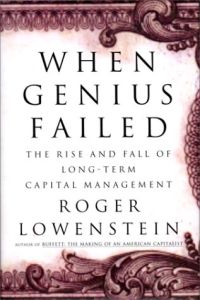
When Genius Failed
The Rise and Fall of Long-Term Capital Management
First Edition: 2000 mais...
Published by arrangement with The Random House Publishing Group, a division of Random House, Inc.
www.randomhouse.com
ISBN: 9780375503177
Pages: 264
Recommendation
This riveting page-turner reads like a financial thriller and is all the more compelling for being true. Author Roger Lowenstein has a knack for establishing character quickly and capturing the way that ego, hubris and Wall Street’s herd mentality came together to create a crisis that threatened a global financial meltdown unseen since the Great Depression, or perhaps never seen at all. At a time when markets have assumed an unprecedented stature, this is a powerful cautionary tale for financial professionals and those who idolize them. Lowenstein’s clear analysis shows that little has changed since the heyday of Long-Term Capital Management. In other words, brace yourself, because the conditions that made this crisis possible still exist. getabstract.com puts this book on the required reading list for investors, money managers, bankers and policymakers who are pondering the proper extent of regulation and financial
Summary
About the Author
Roger Lowenstein reported for The Wall Street Journal for more than a decade. He wrote the Journal's "Heard on the Street" column from 1989 to 1991 and the "Intrinsic Value" column from 1995 to 1997. He now writes for Smart Money magazine. He is the author of the bestseller, Buffett: The Making of an American Capitalist.








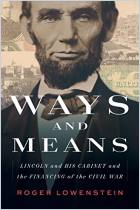
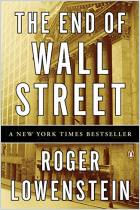
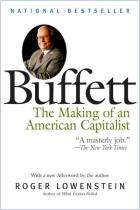
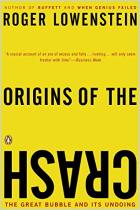


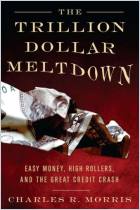


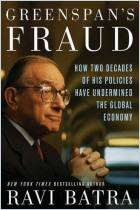








Comment on this summary
LTCM was gaining more bucks than George Soros and its founders believed they were unfalaible, but the final was different.
The financial desaster was so big that the US govt intervined.
I am fascinated with two geniuses who built the black box.
Too much learn to read and understand.